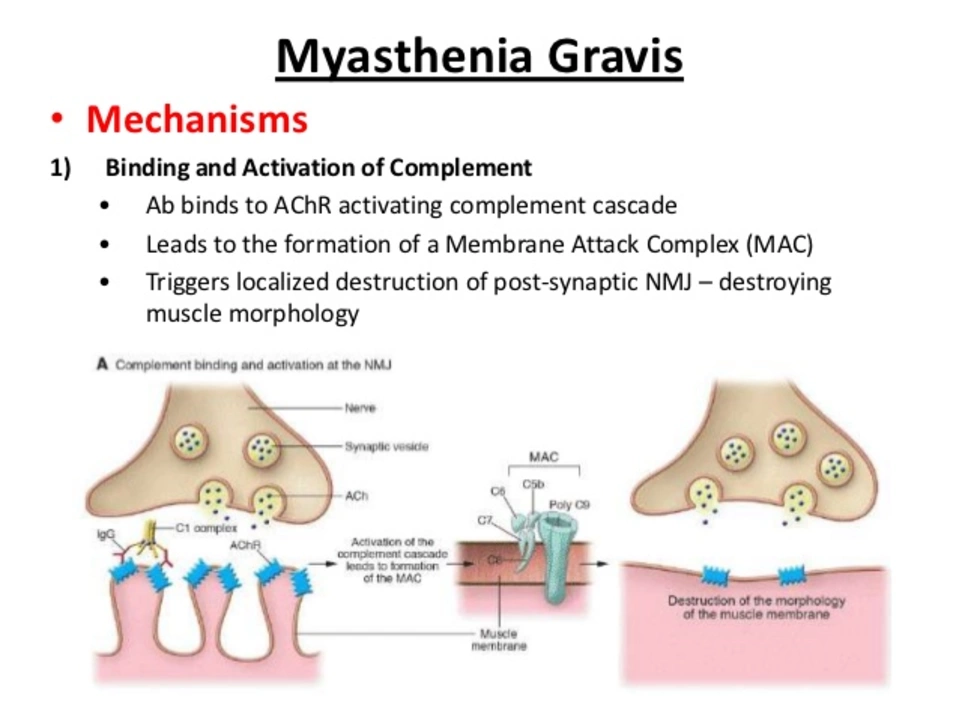Swallowing issues: what to watch for and what to try first
Food sticking, coughing when you drink, or a constant lump feeling in your throat is more common than you might think. Some people get a mild problem for a few days; others have trouble that keeps coming back. This page gives plain, useful steps you can try at home, explains likely causes, and tells you when to get help.
Common causes and easy checks
Swallowing trouble (dysphagia) can come from three main places: the throat muscles, the nerves that control swallowing, or a blockage. Think about timing: did it start after a stroke, a cold, or a new medicine? Sudden trouble with drooling, slurred speech, or weakness on one side of the face could mean a stroke — call emergency services right away.
Try a simple water test at home: sit up, take a small sip, and swallow once. If you choke, cough a lot, or feel like liquid goes the "wrong way," that’s a sign to talk to your doctor soon. Also note if you have unintentional weight loss, recurring chest infections, or pain when swallowing — these are red flags for faster evaluation.
Practical fixes you can try
Small, practical changes often help. Eat softer foods and cut solid pieces into small bites. Sit upright while eating and sip water between bites. Slow down — put your fork down between swallows. For reflux-related problems, low-acid meals, smaller portions, and avoiding late-night eating can reduce throat irritation.
Some medicines cause dry mouth or relax throat muscles and make swallowing harder — common culprits include strong antihistamines, certain antidepressants, opioids, and some blood-pressure drugs. Don’t stop meds on your own, but mention swallowing changes to the prescriber; often a simple change or saliva substitute helps.
Speech and swallowing therapists (often called SLPs) teach safe swallowing techniques and exercises that strengthen the throat. If your doctor suspects a physical problem, tests like a barium swallow X-ray, endoscopy, or video fluoroscopy can show what’s blocking or misfiring.
If you have mild, new symptoms, try the diet and posture tips above and book a clinic visit. Seek immediate care for sudden severe problems, inability to swallow saliva, signs of breathing trouble, or symptoms of stroke. Getting help early usually makes treatment simpler and safer.
If you want, I can point you to articles on reflux-friendly meals, medications that commonly cause dry mouth, or what to expect from a swallowing study. Which would you like to read first?
Myasthenia Gravis and Swallowing Issues: Tips for Easier Eating
In my recent blog post, I discussed the challenges faced by individuals with Myasthenia Gravis when it comes to swallowing and eating. I shared some useful tips that can make the process easier, such as opting for softer foods, eating smaller portions, and taking breaks during meals. Additionally, I emphasized the importance of maintaining proper body posture while eating and seeking professional help from speech therapists or dietitians if needed. Overall, my goal was to raise awareness and provide support for those struggling with this often overlooked aspect of living with Myasthenia Gravis.
- View More
- 17

